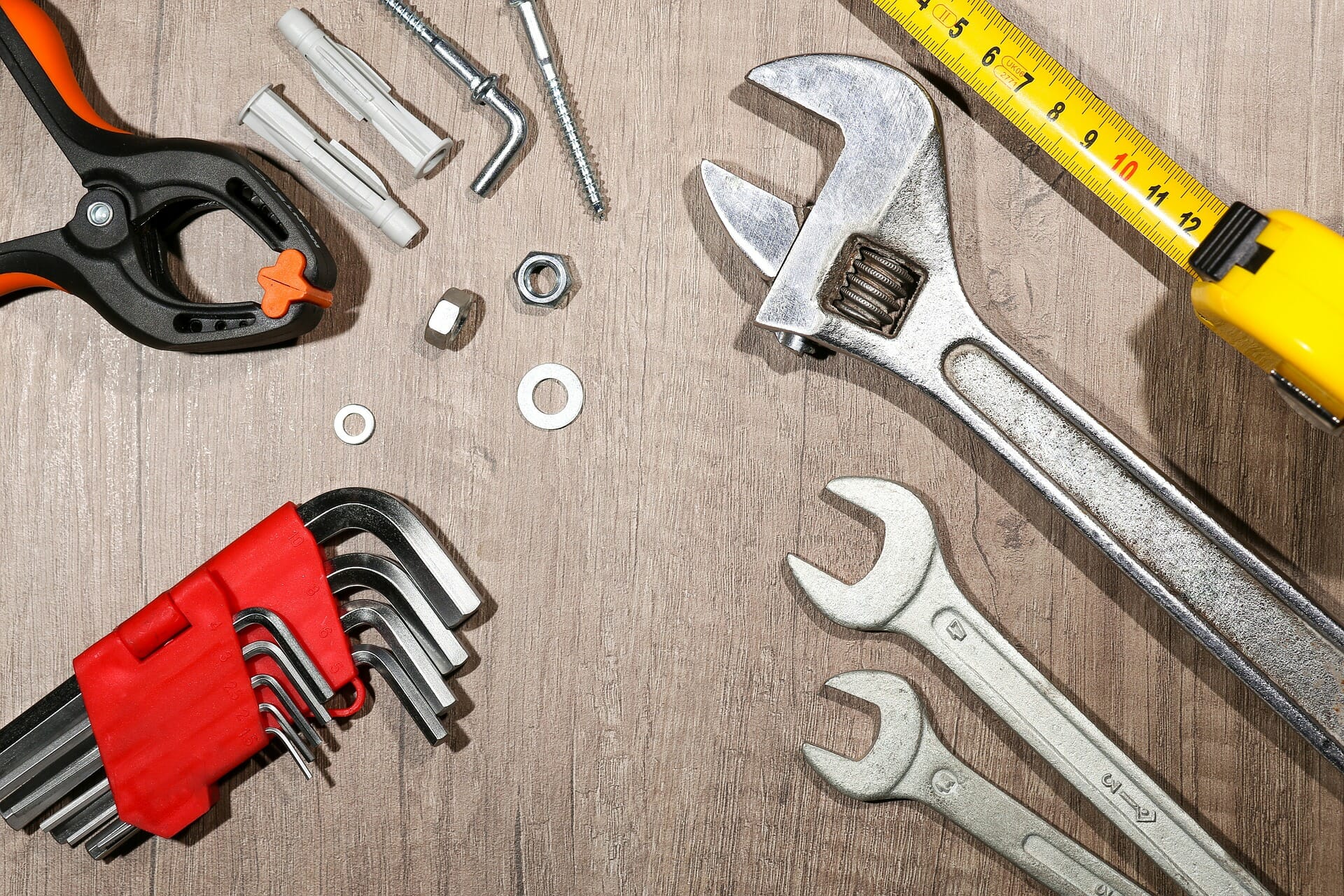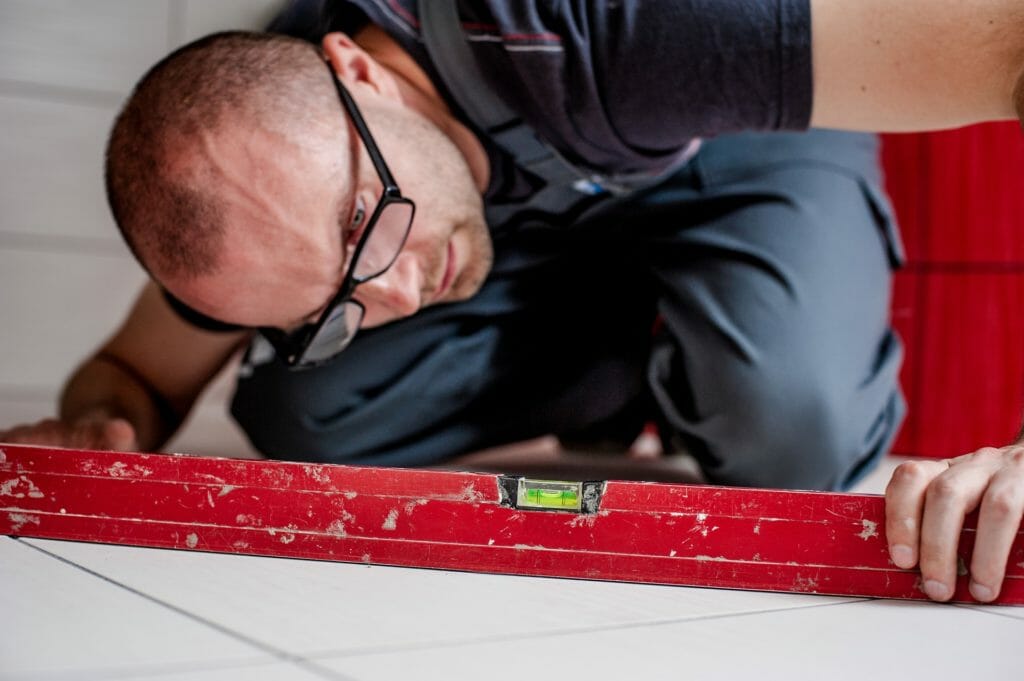Property managers can count on creating maintenance requests. Sometimes they can even plan for scheduled maintenance repairs, however, they can’t always plan for exactly when an elevator will break down or a gate will stop working. Maintaining a condo or HOA could easily be a full-time job, but that is just one of the many responsibilities property managers have. Therefore, it is important that they have a system in place that will enable them to handle maintenance requests as efficiently as possible.
Click here to download our maintenance log template
Homeowners are generally responsible for maintaining their property, but HOAs and condo associations take care of most of the common areas and equipment that are outside of the residents’ home or unit. Some of the most common repairs/jobs include:
- Elevator repairs
- Gate or door repairs
- Pool maintenance
- HVAC maintenance
- Fire alarm testing
- Landscaping maintenance
- Cardio equipment repairs
- Washer/dryer repairs
It’s not always immediately clear who is responsible for some repairs. For example, skylights, fences, and balconies are commonly unaddressed areas of maintenance and may create confusion about who is responsible for repairing these things if they require attention. It’s important to educate owners and residents about the specific maintenance rules of your community because there are a lot of grey areas that can easily cause misunderstandings. Furthermore, if there are gaps in your community’s governing documents, amendments should be made as soon as possible.
It isn’t hard to understand why it can be so difficult to track maintenance requests, but there are some strategies that you can use to streamline the tracking process.
Log and track requests online
Keeping track of maintenance requests is easier when you can see them all in one place. Instead of trying to document calls, verbal requests, and emails, log and store requests on a web portal, property management system or application that has been designed to handle maintenance requests. Owners and management can still make verbal requests, but with an online system in place, managers can log that request right away.
Not only will the make it easier to keep track of all the activity coming in, but it will also be easy to collect important information in a uniform manner. These online tools often allow managers to create a customized field of requirements, such as the component that needs to be maintained or repaired, the repair date, and any important details, that can help keep all parties responsible for maintenance on the same page.
Preschedule activities
Some equipment, such as HVAC systems, require regular maintenance in order to function properly. It’s easier, and more cost-effective to fix small issues two or three times a year than pay for one big repair every year. If you know a filter has to be changed, or the pool needs to be cleaned, you can schedule that task in advance.
If the activity will disrupt regular activity for residents, you can notify them through an announcement or schedule the maintenance task on a community calendar.
Update progress
Don’t leave completed repairs on your “to-do” list. Make sure you update the status of repairs as they progress. This way, you can easily identify any jobs or repairs that are ongoing, and accurately document when repairs or jobs are complete.
Keep detailed records
There are specific systems that you will be required to maintain in your HOA or condo community. These include life safety systems (sprinklers, fire alarms, etc.) HVACs and elevators. Organizing requests based on systems, and then on specific components, can be an easy way to streamline the maintenance tracking process. Some property management software systems even allow managers to create notes about the details of each component, such as when a fire alarm was originally installed, when it was last tested, and how often it needs to be tested.
If you are using a software system that enables you to track service requests, you can take advantage of the features that have been created for you. Some systems even allow you to attach relevant files to a specific maintenance activity.
However, if you’re using another system that requires you to manually enter or write down information, you’ll want to make sure your maintenance log includes the following information:
- Who made the request
- Who recorded the request
- Report ID number
- Date and time report was made
- Description of issue
- Description of action taken
- Date of repair
- Who did the repair
- Date issue was resolved
- Repair costs
- Payment from tenant (if applicable)
Get rid of the paper
Using paper logs can be a costly, and frustrating process. If you have to sort through folders or stacks of paper every time you need to make an update to a maintenance request, you’re losing a lot of time (and probably patience). Keeping electronic logs is more efficient, and environmentally friendly.
The importance of maintaining your HOA or condo
When a property is cared for, owners are generally happier, and the value of the condo or HOA will be greater. However, maintenance is not just something managers should do to keep people happy; it’s an important obligation that must be taken seriously. In rare cases, improper or lack of maintenance of equipment could lead to a lawsuit being brought against an association.
HOAs and condos should complete repairs and follow through with maintenance tasks within a reasonable amount of time. Associations can pay for the maintenance and repairs using the funds from the owners’ condo or HOA fees. An association cannot refuse to fix damage due to a shortage of money.
If the repair is significant and unexpected, the HOA or condo may need to access money from its reserve fund. This is one major reason why it is so important to create an accurate annual budget. Associations need to be prepared for the unexpected.
If you decide to defer certain maintenance tasks or repairs that are not urgent, just keep in mind that there are always risks, such as the failure of equipment or structures or secondary damage.
Minimize maintenance requests
In the long run, it pays to take a proactive approach to maintenance. Of course, it’s important to address issues as they occur, but managers may want to consider routine maintenance inspections as well. Bring in an engineer every few years to inspect common areas. They may be able to identify small issues that have the potential to become expensive problems.
A specialist could also identify ways that members of an association can change behaviours to reduce costs associated with maintenance.
Finally, managers can create a maintenance inspection checklist that details how often certain equipment or items should be looked at, and what specialist should look for when performing an inspection. Make sure to include things such as roofs, sidewalks, asphalt storm drains, gates, computers, security cameras and pools on that list.
Conclusion
There is more than one way to effectively keep track of maintenance requests. If you manage a small community, then paper logs may be just fine. However, if you’re looking after a very large community, or multiple properties at once, property management software may provide the best solution. Whatever system you use, it’s crucial to make sure that regular maintenance is done, and done well.
Download Template
Download our free maintenance log template



